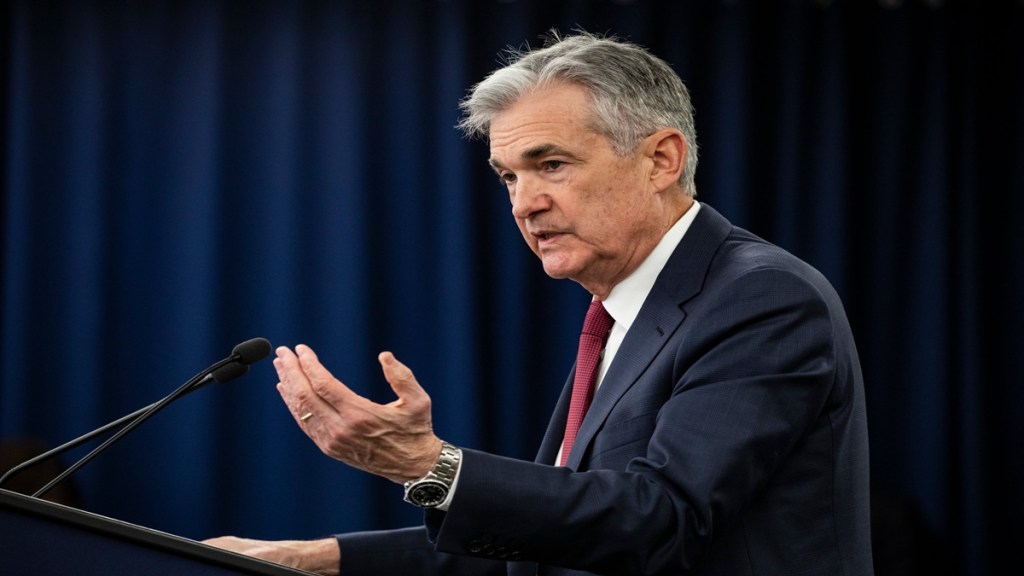Jerome Powell, the chair of the Federal Reserve, held his first one-on-one meeting with President Donald Trump since the beginning of his first term in office. Powell has come under fire from Trump for not reducing interest rates. Trump has been disparaging Powell and applying pressure on him to lower rates ever since he took office in January.
On May 29, Chair Powell met with the President at the White House at his invitation to review economic developments, particularly inflation, employment, and growth.
“The president did say that he believes the Fed chair is making a mistake by not lowering interest rates, which is putting us at an economic disadvantage to China and other countries and the president’s been very vocal about that, both publicly and now I can reveal privately as well,” said White House press secretary Karoline Leavitt, when asked about the meeting at her daily briefing.
The statement by the US Fed reads – Chair Powell did not discuss his expectations for monetary policy, except to stress that the path of policy will depend entirely on incoming economic information and what that means for the outlook.
Finally, Chair Powell said that he and his colleagues on the FOMC will set monetary policy, as required by law, to support maximum employment and stable prices and will make those decisions based solely on careful, objective, and non-political analysis.
With tariff uncertainty lingering, markets largely expect the Fed to stay put on rates until there’s more clarity. Futures market pricing indicates the central bank won’t resume cutting until at least September, bypassing meetings in June and July, with a likelihood of another reduction before the end of the year. The FOMC lowered rates by a full percentage point in the latter part of 2024.
Earlier, Powell confirmed that Trump and Powell had not met since Trump began his second term, and he wouldn’t initiate a presidential sit-down. “I’ve never asked for a meeting with any president, and I never will,” Powell said. “I wouldn’t do that. There’s never a reason for me to ask for a meeting. It’s always been the other way.”
Through his social media account, Trump hinted at firing Powell when he wrote, “Powell’s termination cannot come fast enough.” Later, Trump backed off the idea of removing the central bank leader, and the Supreme Court confirmed last week that the president does not have the authority to do so.
With rising jobless claims, falling GDP growth, and possible inflationary risks due to tariffs, the U.S. economy is not doing well. Meanwhile, Powell says that the Fed is trying to balance its mandate to provide full employment and stable prices.
Weekly jobless claims rose to 240,000, with continuing claims reaching their highest since 2021, pointing to a softening of the labour market. The US economy shrank by an annualized rate of 0.2 percent in the first quarter of 2025, according to revised official data confirming its first contraction since 2022.
The only silver lining is that April’s unemployment rate held at 4.2%, indicating that the labor market is holding relatively stable. But a rise in recurring jobless claims is signaling higher US unemployment ahead.
Tariff uncertainty is expected to delay the Fed’s rate cuts until September, with futures market pricing suggesting a status quo in June and July meetings.
The FOMC had last reduced rates in December, and since then they have kept the rates unchanged.
